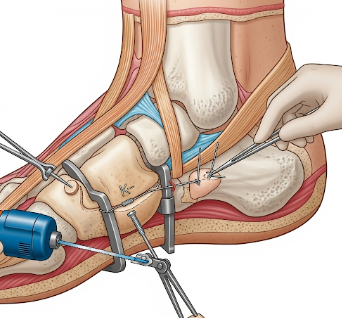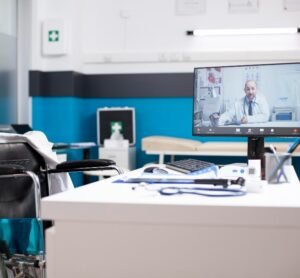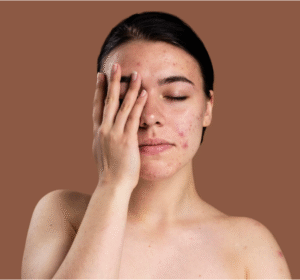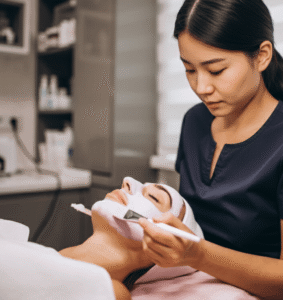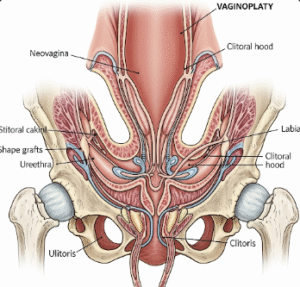Overview
Bunion surgery, also known as bunionectomy, is a surgical procedure designed to correct hallux valgus, a common foot deformity characterized by a bony bump at the base of the big toe. This deformity can cause pain, difficulty walking, and footwear problems.
In Korea, bunion surgery is performed in advanced orthopedic and podiatric centers using modern minimally invasive techniques, open surgery, and corrective osteotomies, ensuring effective correction, minimal scarring, and faster recovery.
What is Bunion Surgery (Bunionectomy)?
Bunion surgery involves removing the bony prominence and realigning the bones, tendons, and ligaments of the big toe. The type of surgery depends on severity, age, and foot anatomy.
Common techniques include:
- Osteotomy: Cutting and realigning the toe bones
- Exostectomy: Removal of the bony bump without bone realignment
- Arthrodesis: Joint fusion for severe deformities or arthritis
- Minimally invasive bunionectomy: Small incisions with specialized instruments
- Soft tissue repair: Corrects ligaments and tendons around the big toe
Key points:
- Can address pain, deformity, and footwear issues
- May involve internal fixation with screws or pins
- Selection of technique is based on X-ray analysis and foot evaluation
What are the benefits?
- ✅ Reduces pain and inflammation at the bunion site
- ✅ Restores normal toe alignment and foot mechanics
- ✅ Improves ability to walk and wear regular footwear
- ✅ Minimally invasive techniques in Korea provide shorter recovery, less scarring, and lower complication rates
- ✅ Prevents progression of deformity and secondary arthritis
- ✅ Long-term improvement in balance, gait, and overall foot function
Procedure Details
1) How should I prepare for Bunion Surgery?
- ➤ Medical evaluation: Blood tests, X-rays, and assessment of foot and ankle structure
- ➤ Discuss medications, allergies, and pre-existing conditions with your surgeon
- ➤ Stop blood thinners as advised to reduce risk of bleeding
- ➤ Preoperative counseling on surgery type, recovery timeline, and expected outcomes
- ➤ Arrange for postoperative support, as walking may be limited initially
2) What happens during Bunion Surgery (Bunionectomy)?
- ✅ Anesthesia: Local, regional, or general anesthesia depending on case
- ✅ Surgical approach:
- Incision over the bunion to remove the bony prominence
- Realignment of the big toe bones using osteotomy if needed
- Soft tissue correction for ligaments and tendons
- Internal fixation with screws, pins, or plates if necessary
- ✅ Duration: Typically 1–2 hours, depending on complexity
- ✅ Closure and dressing: Incision closed with sutures; protective dressing or splint applied
3) What happens after Bunion Surgery?
- ➤ Hospital stay: Usually outpatient; some cases may require 1 day
- ➤ Pain management with medications
- ➤ Elevate the foot and use special shoes or boots to protect the surgical site
- ➤ Gradual weight-bearing as advised by the surgeon
- ➤ Follow-up visits for suture removal, X-rays, and assessment of healing
Risks / Benefits
Potential Risks:
- ➤ Infection or delayed wound healing
- ➤ Swelling, bruising, or stiffness of the toe
- ➤ Recurrence of the bunion if alignment is not optimal
- ➤ Nerve irritation or numbness at the toe
- ➤ Rare complications: nonunion of bone or persistent pain
Benefits:
- ✅ Corrects toe alignment and foot deformity
- ✅ Reduces pain and discomfort
- ✅ Improves walking, balance, and footwear options
- ✅ Advanced techniques in Korea ensure minimally invasive procedures with high success rates
- ✅ Prevents secondary arthritis and further deformity
Recovery and Outlook
- Hospital stay: Outpatient or 1 day
- Activity: Partial weight-bearing with special shoe or boot; avoid high-impact activity for 4–6 weeks
- Follow-up: Regular X-rays to monitor bone healing and alignment
- Outcome: Most patients experience significant pain relief, improved toe alignment, and better foot function
- Long-term outlook: Low recurrence rate with proper postoperative care; return to normal footwear and activities within 8–12 weeks
When To Call the Doctor
- ➤ Signs of infection: redness, swelling, or discharge
- ➤ Persistent or severe pain not relieved by medication
- ➤ Numbness, tingling, or unusual sensations in the toe
- ➤ Recurrence of deformity or misalignment
- ➤ Any complications with internal fixation devices
Best Korea Option / Process
- ✅ Korea provides specialized orthopedic and podiatry centers with expertise in bunion surgery
- ✅ Use of minimally invasive techniques, precision osteotomies, and modern fixation devices
- ✅ Experienced surgeons provide personalized surgical planning and postoperative care
- ✅ Postoperative management includes pain control, physical therapy, and gradual weight-bearing guidance
- ✅ International patients receive VIP services, English-speaking staff, and coordinated care
- ✅ High success rates with low complications, improved foot function, and fast recovery

